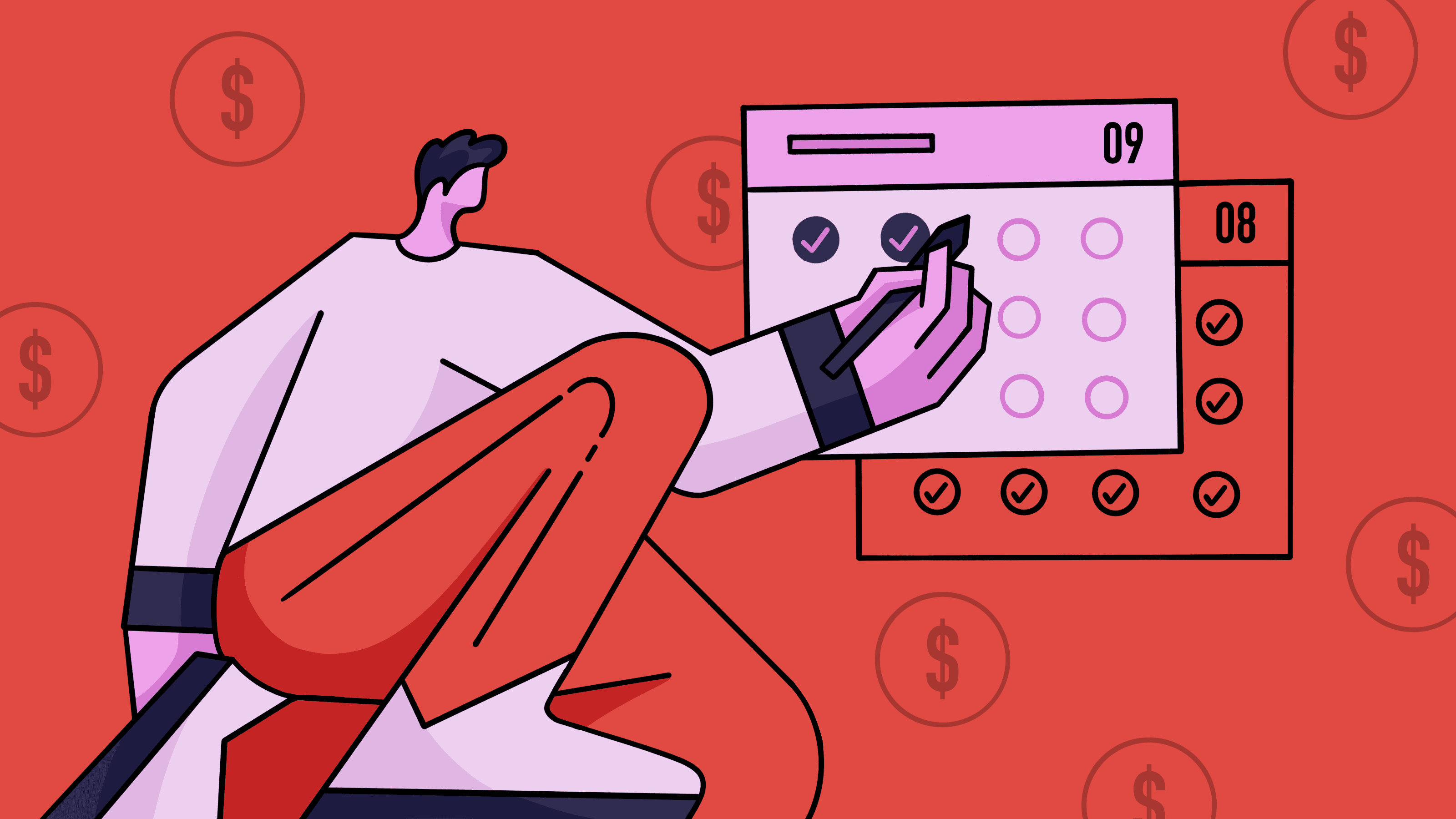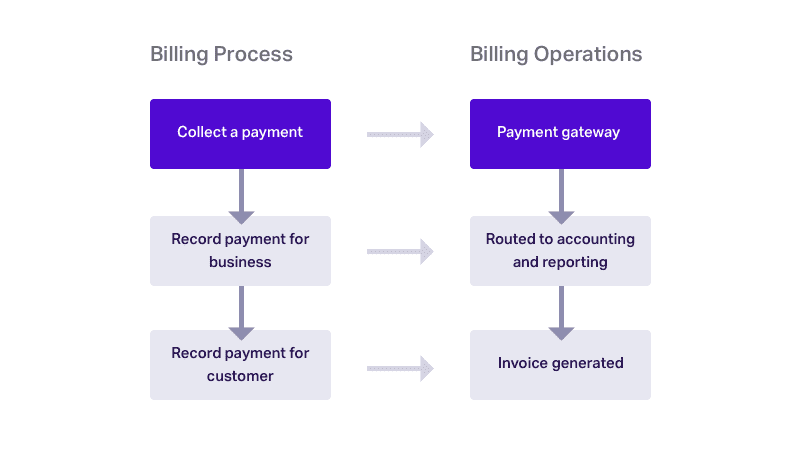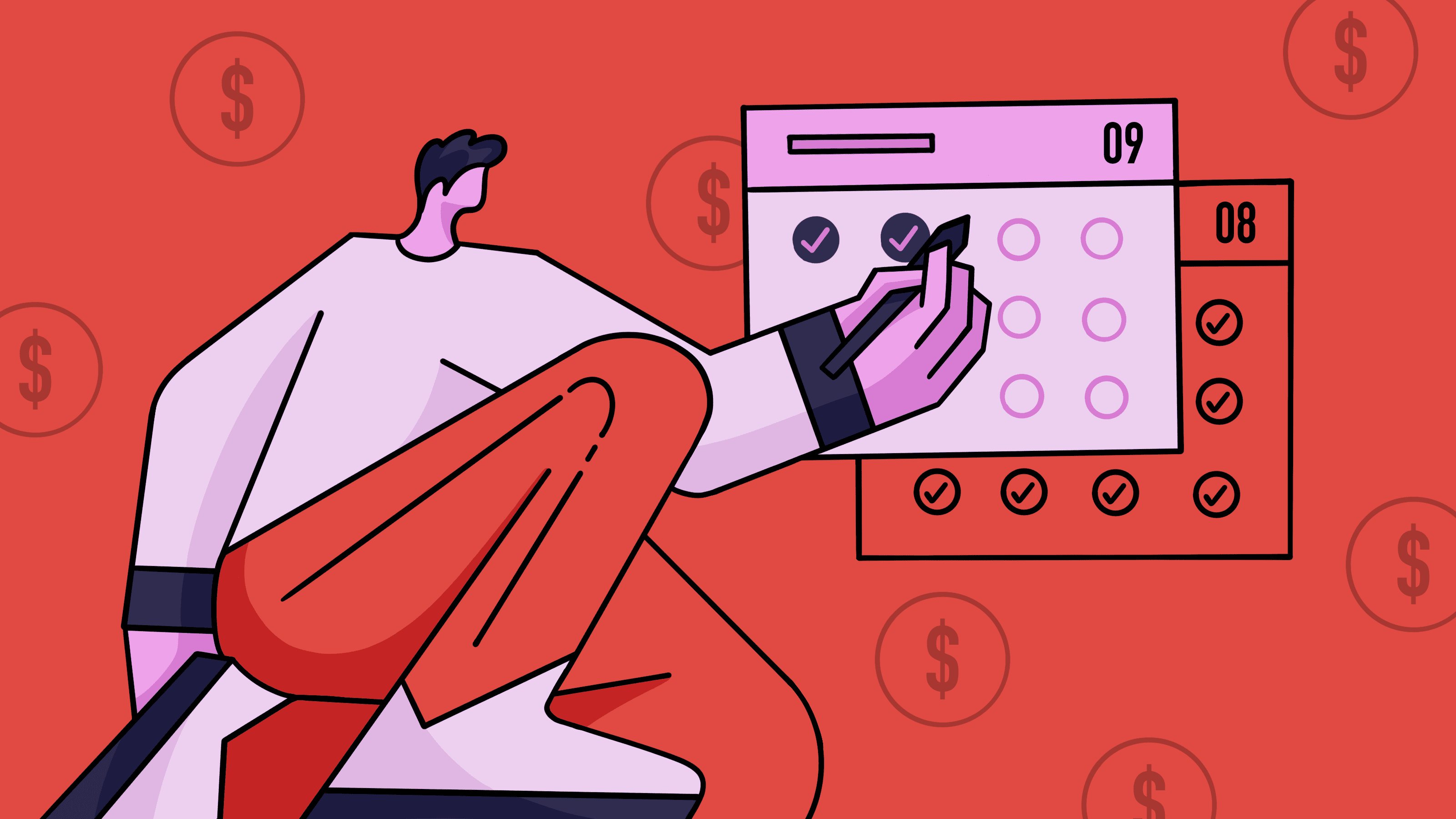Recurring Billing 101: What it is, How it Works, and Why Subscription Businesses Should Care

Recurring billing has been called the ‘new black’ in the digital economy. The global subscription market is set to grow from $4,054 million in 2021 to $7,813 million by 2025.
The fast-growing subscription industry is now accelerated further with the pandemic-induced digital transformation. As the world is catching the subscription bug, do you feel like you can’t quite put your finger on what recurring billing is and how it can support your business?
In this article, we are going to talk about precisely that.
What is Recurring Billing?
Recurring billing is when subscription businesses charge their customers for a product or service regularly. The billing schedule frequency can be monthly, quarterly, or annually.
It is the process of ensuring subscriptions to your product or service are billed accurately and on time for each customer, accounting for global taxes, proration, payment failures, etc.
Here are some of the businesses that leverage recurring billing:
- SaaS: Slack, Dropbox, Chargebee
- eCommerce & DTC: Amazon’s ‘subscribe & save,’ subscription boxes like Birchbox, Barkbox
- Entertainment: Netflix, Amazon Prime, Hulu
- Health and fitness: Practo, 24-Hour Fitness
- Education and e-learning: Udemy, Shaw Academy
- Publications: The New York Times, newsletters like ‘A Media Operator’
How Does Recurring Billing Work?
Once the customer has subscribed to your product or service, recurring billing allows you to process recurring payments from them. For processing the payment securely, payment gateways are used. Once the transaction is authorized and processed, it can be routed to accounting and reporting for accurate revenue recognition.

A recurring billing management platform like Chargebee helps streamline this process by:
- Automating the recurring billing process and eliminating manual errors.
- Handling complex billing scenarios like upgrades, downgrades, add-ons, and taxes.
- Removing developer dependencies and giving you complete control over your billing and invoicing.
Recurring Billing Works with Different Pricing Models
There are several different kinds of SaaS pricing strategies you may be using based on your business model. Some of the most common use cases for recurring billing are seen in these pricing models:
- Usage-based billing: Here, you charge customers based on their usage of your product or service. Here customers are billed post usage on a regular, pre-determined schedule.
- User-based billing: SaaS software typically employed by larger teams may use a user-based billing model, where you bill the customer on a recurring basis based on the number of ‘seats’ that are serviced.
- Tiered billing: Different products or services have different price points. When the customer chooses another bundle of features or exceeds a particular volume of features, they need to upgrade to a higher pricing tier.
If you follow any of the above, a recurring billing system should facilitate it and remove unnecessary complexity from your plate.
What’s a Better Billing Cycle: Monthly or Annual?
Annual subscriptions improve your revenue, remove the need for monthly invoicing, and put more cash in the bank. However, monthly subscriptions are flexible and relatively risk-free, giving customers a low barrier to entry. To encourage the long-term commitment to an annual subscription, businesses often offer discounts exclusively for annual plans. Another way to incentivize annual plans is to offer prorated refunds. That said, provide both options to your customers so they can choose what seems more suitable to them.
Are Recurring Payments and Subscription Billing the Same?
The terms recurring payments and subscription billing are often used interchangeably. That’s because they’re closely related and go hand-in-hand with each other.
In the recurring payment model, customers sign up and input their payment information, such as credit card details, and authorize the merchant to deduct the payment at the agreed frequency. For instance, setting up your insurance policy for automatic renewal instead of having to do it manually every year.
On the other hand, subscription billing is the automatic recurring billing process after a customer signs up for a service. It could be for a subscription box of beauty supplies, a streaming service, or your favorite magazine. Customers are charged regularly on a frequency they prefer, like monthly or yearly, with the option to cancel at any time.
There are some clear benefits of recurring billing and the subscription business model, but some shortcomings exist. Let’s take a look at both sides of the coin and how you can overcome the shortcomings.
Recurring Billing Pros
- Predictable Revenue: Recurring billing brings in more predictability in your cash flow. Recurring revenue helps cushion any unpredictable turbulence in the market. It allows businesses to scale with better forecasting leading to efficient capital allocation and a higher ROI.
- Revenue expansion opportunities: For SaaS businesses that use tiered pricing plans, it is an opportunity to expand revenue by upselling and cross-selling existing customers to higher-value plans and add-ons.
- Convenience and Personalization: Recurring billing means that customers do not get hounded for repeated payments. It saves them time and money (longer commitments entail discounts!) and provides a personalized customer experience, such as custom-made subscription boxes.
Recurring Billing Cons
- Customer Churn: Subscribers have an option to cancel anytime. If the customers fail to see value in your product as you intended, there is always a chance of customer churn. So you have to win customers at every renewal cycle, unlike a one-time sale. Head to here to know how you can analyze and reduce customer churn. It is also why focusing on customer retention is vital for subscription businesses.
- Complex Process: Recurring billing process is more complicated than one-off payments. There are non-recurring add-ons, multiple pricing tiers, discounts, taxes, to name a few. Handling recurring billing in-house can turn your billing into a big bowl of spaghetti – complex and entangled. That’s where a robust subscription management platform like Chargebee can help.
Recurring Billing for Your Subscription Business
If you have a SaaS or Subscription business or you’re planning to start one, one of the most critical and frustrating things you’ll bump against is the pricing strategy. But if your pricing is right and you provide value, your customer base is going to grow.
If at this point, you don’t use a recurring billing platform to support your pricing model, it’s like putting jet fuel in a steam engine. As Jason Fried says, ‘Complexity is like a leak in your roof. It starts small. But over time, it does real damage. And once that damage has begun, it’s hard to stop. Best not to let it happen in the first place.
The billing needs of growing businesses are constantly evolving. An in-house system can generate invoices automatically, but the bubble will soon burst. Homegrown billing systems cannot handle the complexity of recurring billing for rapidly growing businesses that come with global expansion, pricing experiments, discounts, and add-ons.
Why Recurring Billing Shouldn’t Be an Afterthought
Some of the world’s most successful subscription businesses surged ahead of competition simply because they were built to scale. Your subscription billing solution needs to scale as gracefully as you do, regardless of the growth you achieve in a month or year. To know more, check out our guide on unhacking SaaS growth with recurring billing.
Traditional accounting software doesn’t provide the flexibility your business needs. A scalable, efficient recurring billing software like Chargebee not only automates your subscription billing but also acts as your growth partner, scaling with you. Chargebee is a subscription management revenue operations platform that integrates seamlessly with your existing systems and streamlines your billing operations. Head here to know how Chargebee can help your business scale with recurring billing!
